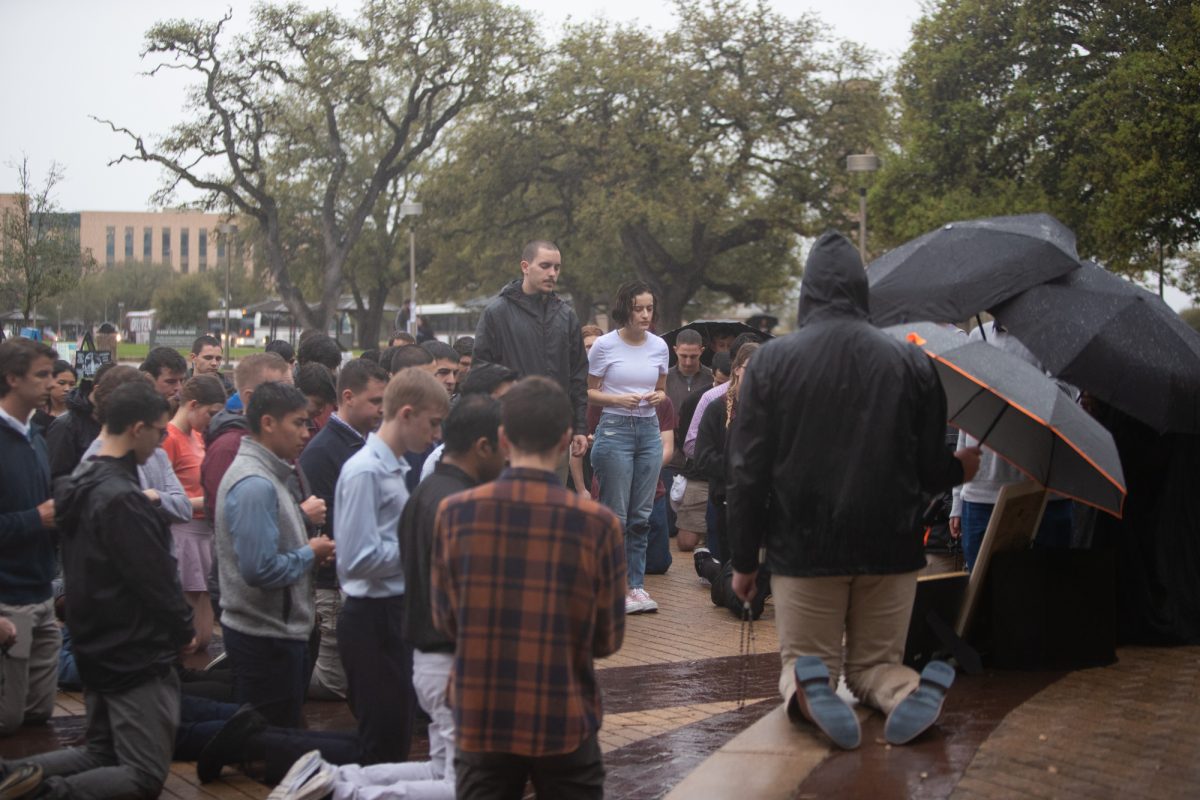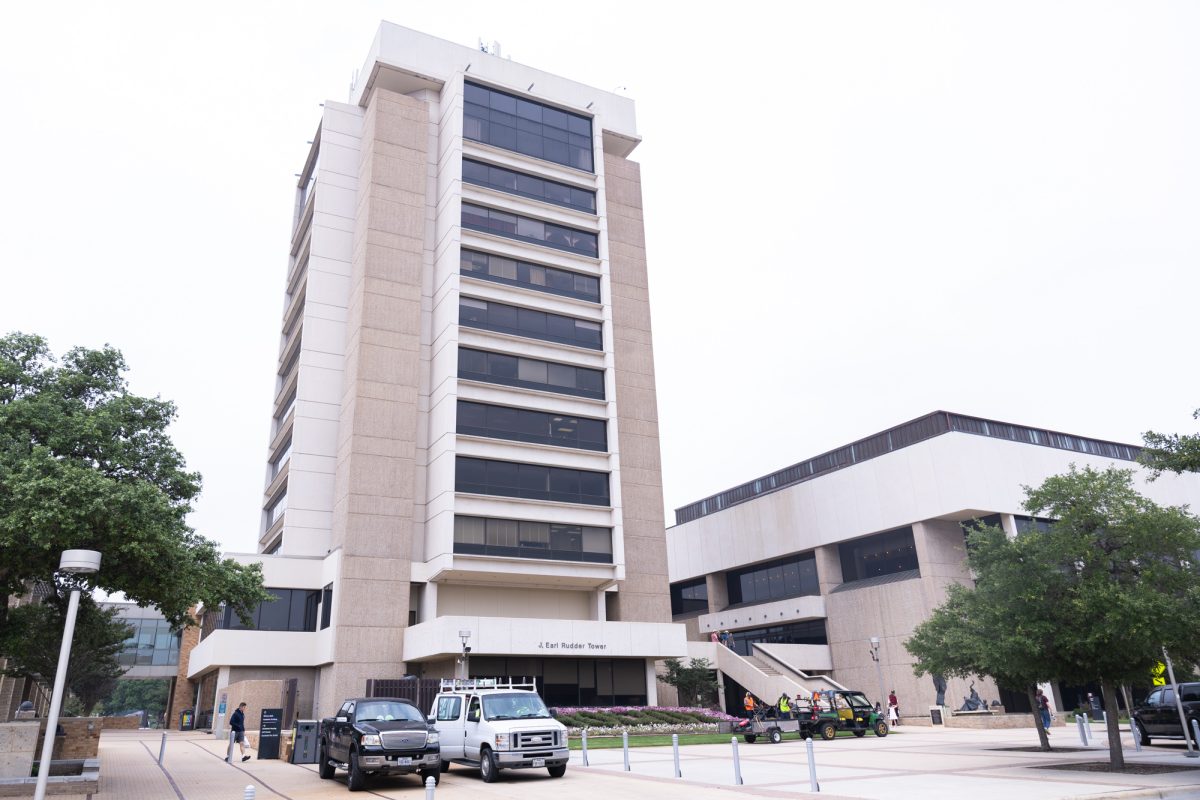To combat the growing opioid problem in the state and nation, various arms of the Texas A&M Health Science Center have come together to form a task force focused on exploring key issues and solutions.
With 42,249 opioid overdose deaths in 2016, the Trump administration declared the opioid epidemic a national public health emergency on Oct. 26, 2017. According to the Centers for Disease Control and Prevention, Texas experienced a 7.4 percent increase in opioid overdose deaths between 2015 and 2016. A&M responded in January by establishing the Texas A&M University Health Science Center Opioid Task Force, a multidisciplinary task force designed to address the opioid epidemic through collaborative action across the health sciences.
The team is made up of representatives from all five Health Science Center components — dentistry, medicine, nursing, public health and pharmacy — as well as the Coastal Bend Health Education Center.
“It serves as a focal point for research, education and practice issues critical to addressing the opioid epidemic and its impact on Texas,” said regents and distinguished professor of environmental and occupational health Marcia Ory, chair of the task force.
Ory said one of the task force’s first activities was a survey of Texas primary care physicians.
“What we found is that physicians reported receiving little to no training during medical school or residency on prescribing opioids safely or educating patients on pain management,” Ory said.
Joy Alonzo, clinical assistant professor of pharmacy practice, said the task force is specifically researching distribution of the overdose-recovery drug Naloxone.
“Naloxone is an old drug that’s used as a rescue agent, a reversal agent,” Alonzo said. “The only pharmacological activity that naloxone has is to reverse an opioid overdose. We kind of got interested in the idea [and thought] ‘Well, what if we could get this widely distributed and teach people the way you teach CPR about signs and symptoms of an opioid overdose and then teach people to have the confidence to be able to administer a naloxone rescue kit and start giving away the kits?’ At this point in our research, we’ve actually distributed 500 naloxone kits at no charge.”
Two task force projects have been awarded grants from the Texas A&M Triads for Transformation (T3) President’s Excellence Fund. Assistant professor of environmental and occupational health Ranjana Mehta and colleagues will develop a Smart Sensing System for Opiate-withdrawal Symptoms (Smart Sensing SOS) while Ory and colleagues will examine the opioid epidemic’s impact on older adults. The task force received $14,500 of the $110,000 from the Health Science Center’s senior vice president, Carrie L. Byington, and the Office of Faculty Development.
“The [Health Science Center] grant will be used to design and test pilot interventions for the opioid epidemic,” Ory said.
Every September, the Substance Abuse and Mental Health Services Administration sponsors Recovery Month to increase awareness and understanding of mental and substance use disorders and celebrate the people who recover. In line with this, a film screening and panel discussion will be held at the Forum Theater in Rudder Tower on Wednesday, Sept. 26 from 6 p.m. to 8 p.m.
The screening will be of an episode of Showtime’s opioid documentary series “The Trade,” followed by a panel discussion with experts from relevant fields offering their perspectives on the crisis.
“We will be discussing the impact of this crisis on families and communities, and examining it from a public health perspective,” Ory said. “The goal is to engage not just the university, but also the community at large.”
The panel participants will include Symetria addiction medicine specialist Andrew Giannotti, Brazos County Sheriff Sergeant Kit Wright and Cindy Soltis, director of the Department of State Health Services Intervention and Treatment Services at the Brazos Valley Council on Alcohol and Substance Abuse. The panel will also include a personal story from an individual in recovery.
“We encourage everyone at the university to participate,” Ory said. “One of the biggest challenges is the stigma directed at people with opioid use disorder. People often don’t reach out for assistance because they are reluctant or they don’t even know where there is help. That’s why it is important to raise awareness in the community.”
Starting the week of Sept. 16, an opioid reflection wall — including stories and information about the opioid epidemic — will be displayed at A&M. The wall will be moved to different locations across campus where people will have an opportunity to share stories and write messages of support. Opioid Task Force student ambassadors will be available to provide information, according to Chinelo K. Nsobundu, health and wellness committee coordinator at the School of Public Health.
“Student ambassadors serve as the student representatives of the opioid task force,” Nsobundu said. “They work to engage the community in the activities of the task force. Students should apply if they are interested in community outreach and public health education.”
Texas A&M task force faces opioid epidemic head-on
September 16, 2018
Photo by Graphic by Regan Brunsvold
A&M is addressing the opioid epidemic with the Texas A&M University Health Science Center Opioid Task Force.
0
Donate to The Battalion
$2065
$5000
Contributed
Our Goal
Your donation will support the student journalists of Texas A&M University - College Station. Your contribution will allow us to purchase equipment and cover our annual website hosting costs, in addition to paying freelance staffers for their work, travel costs for coverage and more!
More to Discover











